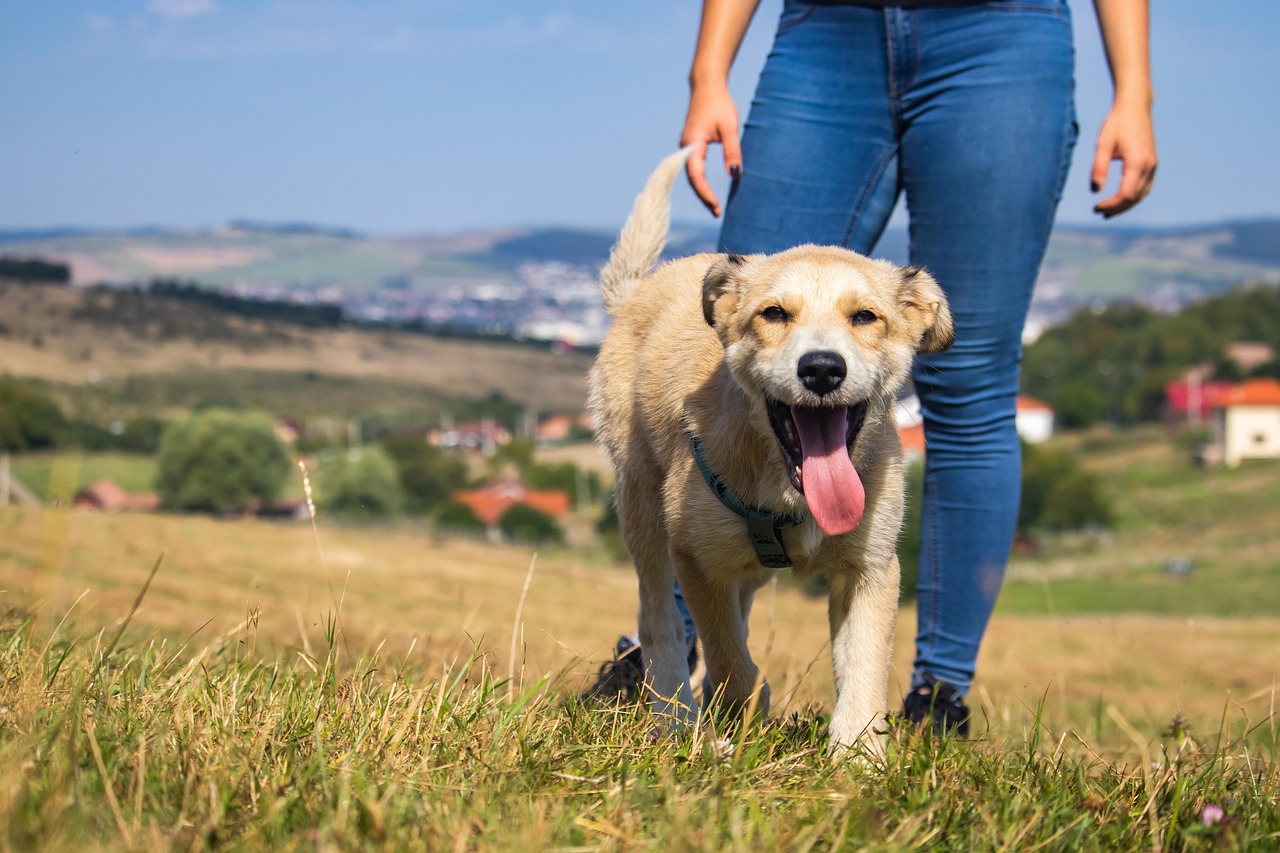Easy Guide: Fun Dog Training Techniques for Kids
Introduction
Training a pet dog can be a fun activity for kids. Besides enhancing the bond between the child and the pet, it provides an avenue for teaching responsibility, empathy, and care for another living creature.

Importance of Dog Training for Kids
When kids partake in dog training, they understand more about their canine friends’ behaviors. It helps them to create lasting friendships with these pets and understand their needs and cues. This kind of interaction fosters a sense of responsibility in children and encourages nurturing and empathetic behaviors.
Moreover, training assists in channeling the dog’s energy into positive activities. This not only improves the dog’s behavior but also reduces the chance of the dog engaging in destructive behavior due to boredom or lack of stimulation.
Basics of Dog Training
When it comes to dog training, consistency, patience, and rewards are vital. Begin with simple commands such as ‘sit,’ ‘stay,’ and ‘come.’ Always use a cheerful tone when issuing commands to make the training enjoyable for the dog.
Consistency
Consistency in dog training involves always using the same command for a specific action. It ensures the dog doesn’t get confused. For instance, if you use “Down” to make your pet dog lie down, stick with it. Don’t interchange it with “Lie down.” The same applies to reward systems. Consistency is crucial as it ensures your dog learns and remembers the behaviors you want them to learn.
Patience
Dogs do not learn new tricks instantly. Kids may need to repeat commands several times across multiple training sessions before a dog fully understands and responds. Immediate results should not be expected, and frustration should be avoided.
Rewards
Positive reinforcement plays an essential role in dog training. Rewards could be in any form your dog values—food, toys, or praises. It’s important that the reward immediately follows the dog’s positive behavior.

Dog Training Techniques
Several techniques can be used in dog training. Common ones include clicker training, positive reinforcement, and leash and collar training. For kids, the most recommended method is positive reinforcement due to its simplicity and effectiveness.
Positive Reinforcement
This method involves rewarding the dog each time they perform a desired action. The reward encourages the behavior making it more likely for the dog to repeat it.
Frequently Asked Questions
What is the best age for kids to start dog training?
Generally, children around the age of five years and above can effectively participate in training a dog. However, this largely depends on the maturity and interest of the child.
What happens if a dog resists training?
Resistances may occur due to several factors such as fear, confusion, or boredom. In such cases, make sure the child uses simpler commands and more attractive rewards. If resistance persists, you may need to enlist the help of a professional animal trainer.
Can kids train all dog breeds?
Most dog breeds can be trained by kids, but the breed’s characteristics may affect the effectiveness of the training. Some breeds may be more challenging to train than others due to their stubborn or independent nature.
How long should each training session last?
The length of the training session should depend on the dog’s age, breed, and temperament. Generally, several short sessions (5-10 minutes) spread throughout the day would be more effective as dogs have short attention spans.
What should a kid do if the dog misbehaves?
The child should be taught to maintain control and not to react emotionally. They should ignore the dog’s bad behavior and only reward it when it behaves correctly.
Conclusion
Dog training can be a wonderful learning experience for kids, instilling important values like responsibility and empathy. While patience and consistency are key, the process needs to be fun and rewarding for both the child and the dog. Giving a child the task of training a dog indeed comes with challenges, but with the right techniques and mindset, it can be a deeply enriching journey for both.



